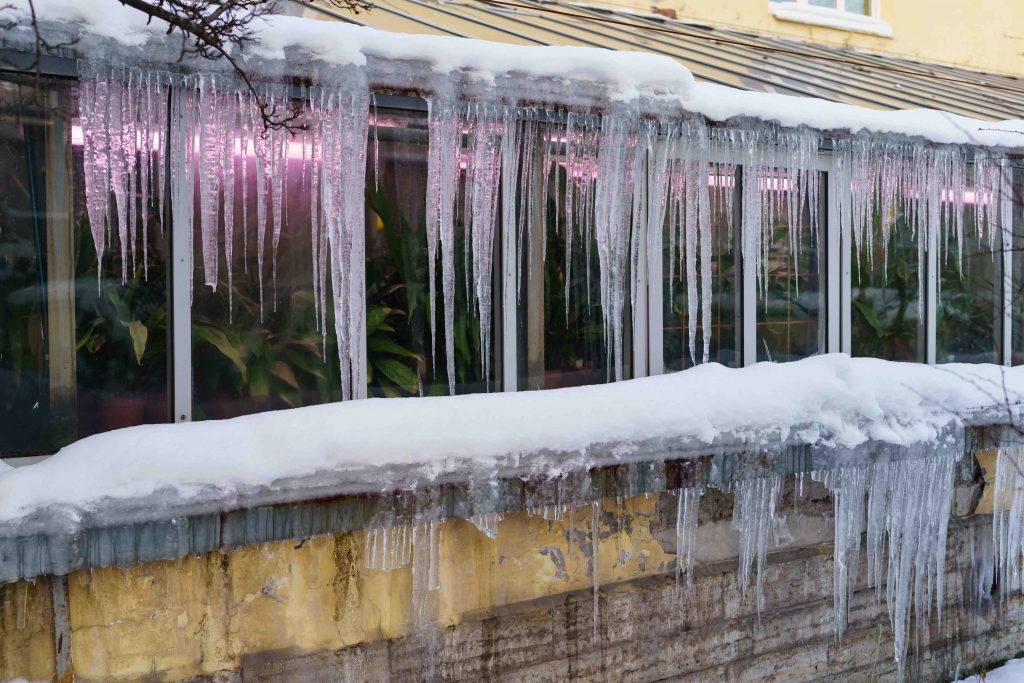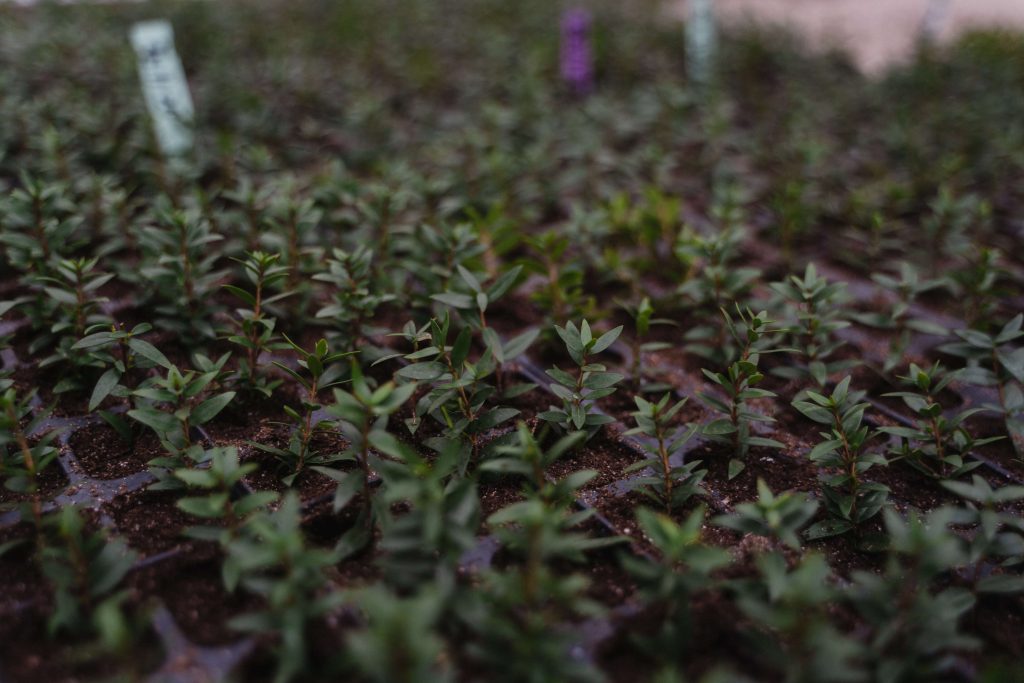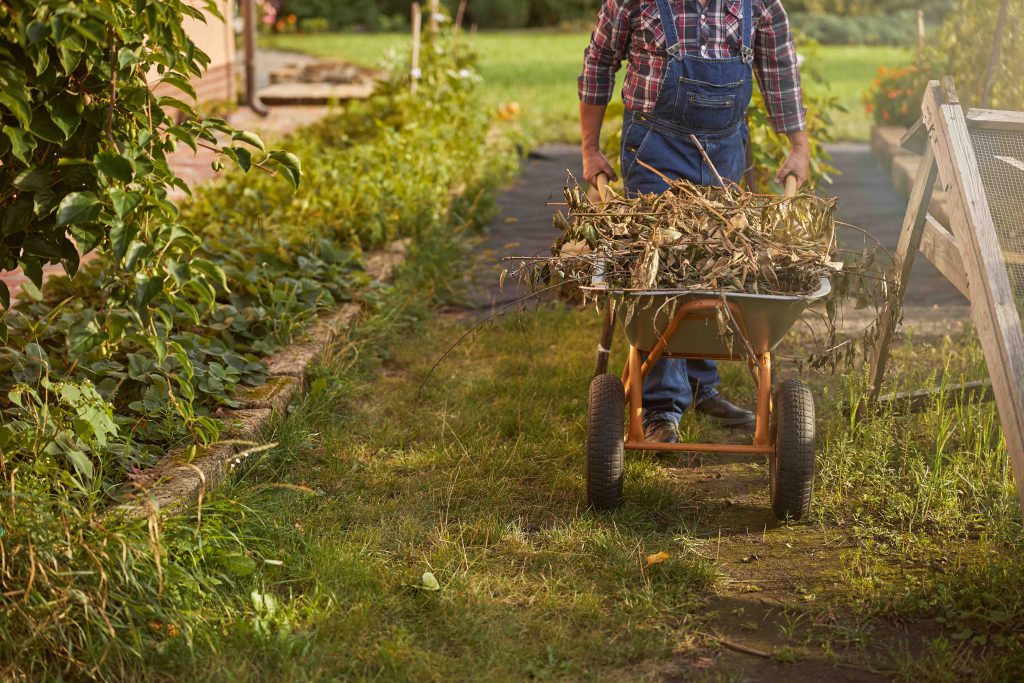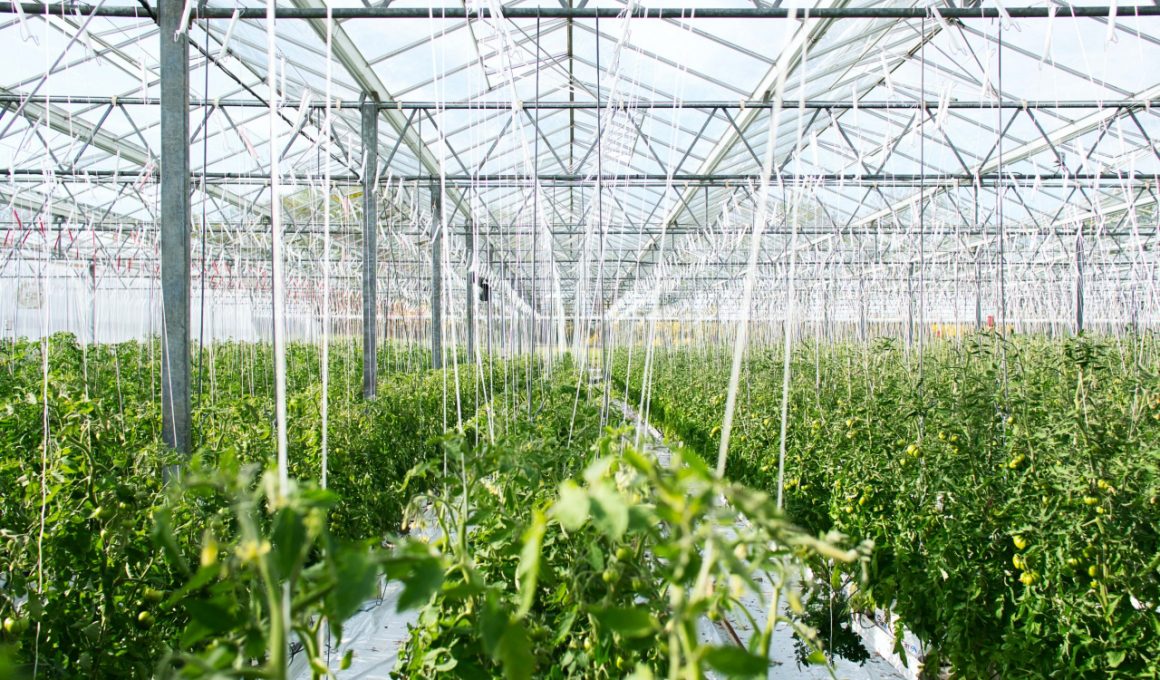Green House Adviser is reader-supported. When you buy through links on our site, we may earn an affiliate commission. Learn more
If you are curious about whether a greenhouse can stay warm in winter, then you are not the only one. Whether you live in a very cold climate area or not, if you want to make sure your plants are healthy and happy, you will need to take proactive steps and learn how to keep your greenhouse warm in winter. Read on to find out what factors impact whether your greenhouse stays warm and what is it that you can do to protect it from the cold.
What Impacts Whether Your Greenhouse Stays Warm in Winter?

In the winter, temperatures can drop below freezing in many parts of the world. If you grow plants in a greenhouse, the biggest challenge is to ensure the greenhouse stays warm enough during those freezing months. Let’s take a look at the factors that can impact whether your greenhouse stays warm in winter.
The climate of your region
The climate of your region is an obvious factor. A greenhouse located in a region that gets a good amount of sunshine during the winter will stay warmer than the same greenhouse located in an area where the temperatures are much cooler.
The snow cover
It may sound counterintuitive, but if you live in a place where it snows, the snow cover can be a good insulator for your greenhouse during the winter. So as long as the snow is dry and not so heavy that it could collapse your greenhouse’s roof, having a layer of snow can help it stay warmer.
Your greenhouse design and material
The design of your greenhouse will determine how much heat you lose during the winter months. Greenhouses that are poorly insulated and have large openings will lose heat quickly. The best designs are those that use double- or triple-pane glass, which keeps out cold air while allowing enough light in for plants to grow.
Similarly, the materials used to construct your greenhouse also impact its ability to retain heat during the winter months. Most greenhouses are built with PVC pipe frames and polycarbonate panels for walls, which don’t provide much insulation compared with other materials like wood or steel. However, some people choose to build their own greenhouses using recycled materials like plastic bottles or tires because they’re cheaper and easier to find than conventional materials like glass or steel.
How to Keep Your Greenhouse Warm in Winter

Ask a gardener what their biggest concern is for the long winter months and chances are that their answer will be “an extended cold period”. With no sun, warmth, or light there’s little knowledge as to what you can do to ensure that your greenhouse doesn’t freeze over during this time. Well, fortunately, it is possible to keep your greenhouse warm if you’re willing to put forth a little effort. Here are a few tips on how to keep your greenhouse warm in winter.
Place it free from shading
To maximize sun exposure, place your greenhouse strategically, where it can get as much sun as possible. This means keeping it away from taller plants or other buildings to avoid creating shade over it.
Prepare the soil
When planting seeds, make sure to plant them 2 inches deep and give them plenty of room between each seedling so that they don’t compete with each other for sunlight, nutrients, and water. Protect tender plants by covering them with floating row covers or insect netting when temperatures drop below freezing overnight.
Insulate
An important element to keep a greenhouse warm in winter is to avoid heat loss. In order to do that, insulating is key. You can choose from several different types of insulation. The easiest way to insulate a greenhouse is by purchasing a kit that comes with the necessary materials. But you’ll be surprised to know that covering the interior walls of your greenhouse with bubble wrap will very well do the job. It doesn’t only insulate, but it also allows the sunlight through.
In addition to keeping your plants warm during cold winter months, insulation also helps retain the necessary amount of heat in the summer by keeping air temperatures down.
Create compost

Creating compost and adding it to the center of your greenhouse is a great way to keep it warm and prevent dampness. Composting is a natural way of recycling organic waste into a rich soil-like material that can be used to improve the health of your plants. You can create compost by using leaves, grass cuttings, and kitchen scraps. The breakdown of the materials produces heat. The best time to start making compost is in late winter or early spring before the growing season begins.
Use plant covers
Greenhouses are great for growing plants during the winter, but sometimes it can get a little too cold. When this happens, it’s time to use plant covers to create a warmer environment for your plants. Plant covers are lightweight and easy to use, making them perfect for any gardener.
Ventilate
Ventilation is one of the most important factors in keeping your greenhouse warm. Ventilation is the process of removing gases from inside the greenhouse and replacing them with fresh air from outside. There are two main types of ventilation: passive and active. Passive ventilation uses natural airflow through vents, while active ventilation uses fans or pumps to push air through the greenhouse.
- Passive ventilation works best in greenhouses that are small and have no heating system, as it doesn’t require any energy use, but it can be less effective when temperatures drop below 5°C (41°F).
- Active ventilation works well in larger greenhouses with heating systems, as it can help keep temperatures up when outdoor temperatures drop below 5°C (41°F).
Install a heater
If you live in a colder area, installing a heater in your greenhouse can help keep it warm. This is especially important for plants that are sensitive to cold temperatures. When choosing a heater for your greenhouse, make sure it is the right size and wattage for the space you are heating. Also, consider where you will place the heater so that it does not interfere with plant growth or cause any problems. For example, placing a heater close to seedlings or young plants can damage them due to their thin stems and leaves.
Conclusion
There are a few things you can do to ensure that your greenhouse stays warm during the winter months. So if you thought greenhouses could only be used during the warmer months, you were wrong! However, it does take a little bit of work, but luckily, some of these methods cost low amounts of money or nothing at all. So there is no excuse to having happy and healthy plants all year long!








